Iceland stands as nature’s ultimate showcase – a land forged by ice and fire where otherworldly landscapes appear at every turn. This island nation near the Arctic Circle packs an astonishing variety of natural phenomena into an area roughly the size of Kentucky.
Here is a list of 15 breathtaking locations across Iceland that highlight the country’s most spectacular natural wonders.
Blue Lagoon
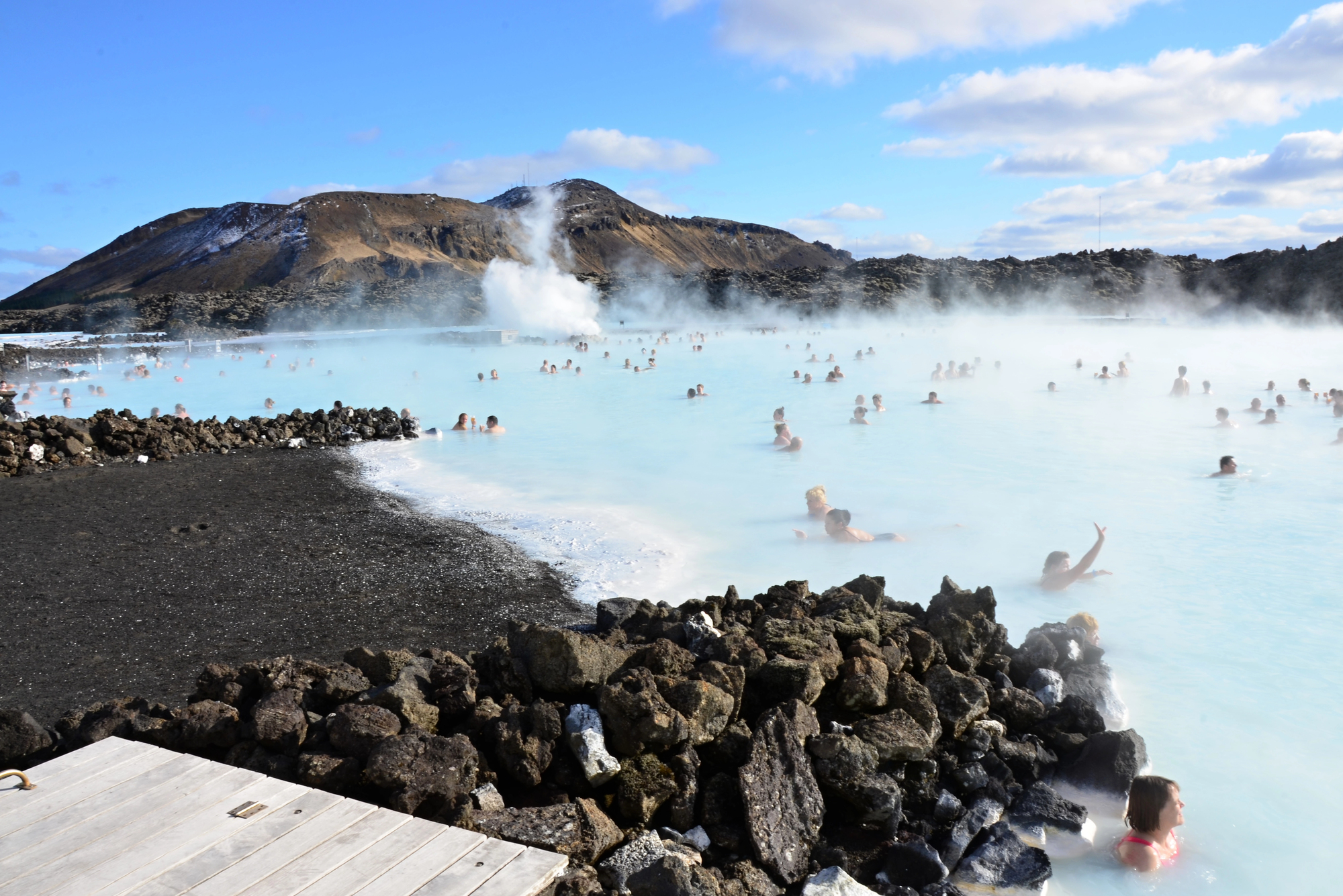
This iconic geothermal spa sits amid a dramatic landscape of black lava fields where milky-blue waters maintain a perfect 100°F temperature year-round. The Blue Lagoon’s mineral-rich waters come from 6,500 feet below the surface, bringing silica, algae, and minerals that give the water its distinctive color and renowned skin-healing properties.
Visitors float amid rising steam while applying silica mud masks, creating an experience that feels both primeval and luxurious against Iceland’s volcanic backdrop.
Jökulsárlón Glacier Lagoon
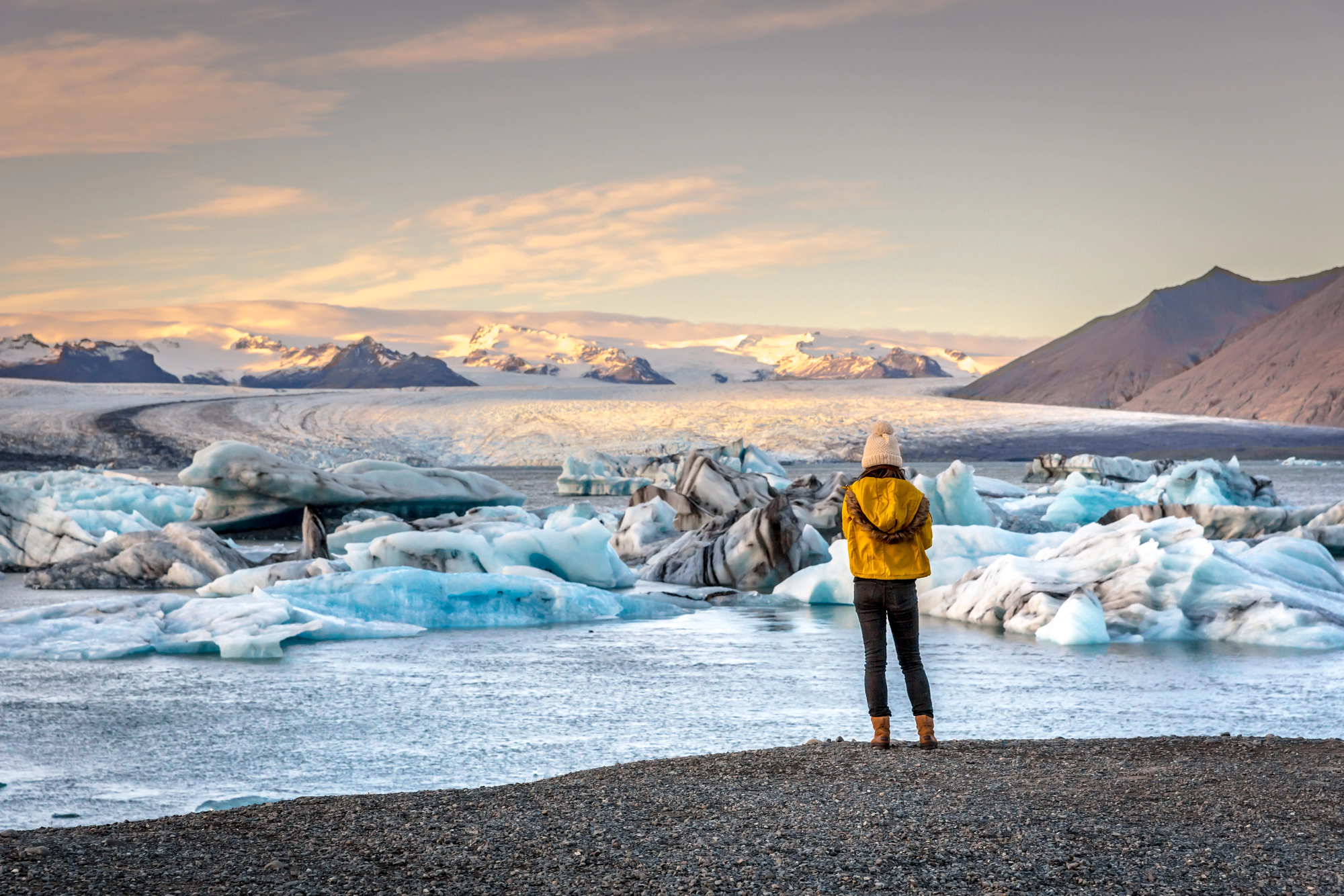
This stunning glacial lake filled with floating icebergs creates one of Iceland’s most photographed landscapes. Massive ice chunks calve from Europe’s largest glacier, Vatnajökull, creating an ever-changing sculpture garden of blue-tinted ice formations that slowly drift toward the Atlantic Ocean.
The nearby Diamond Beach, where wave-polished ice chunks glitter like jewels against black volcanic sand, offers another perspective on these ancient ice formations during their final journey to the sea.
Reynisfjara Black Sand Beach
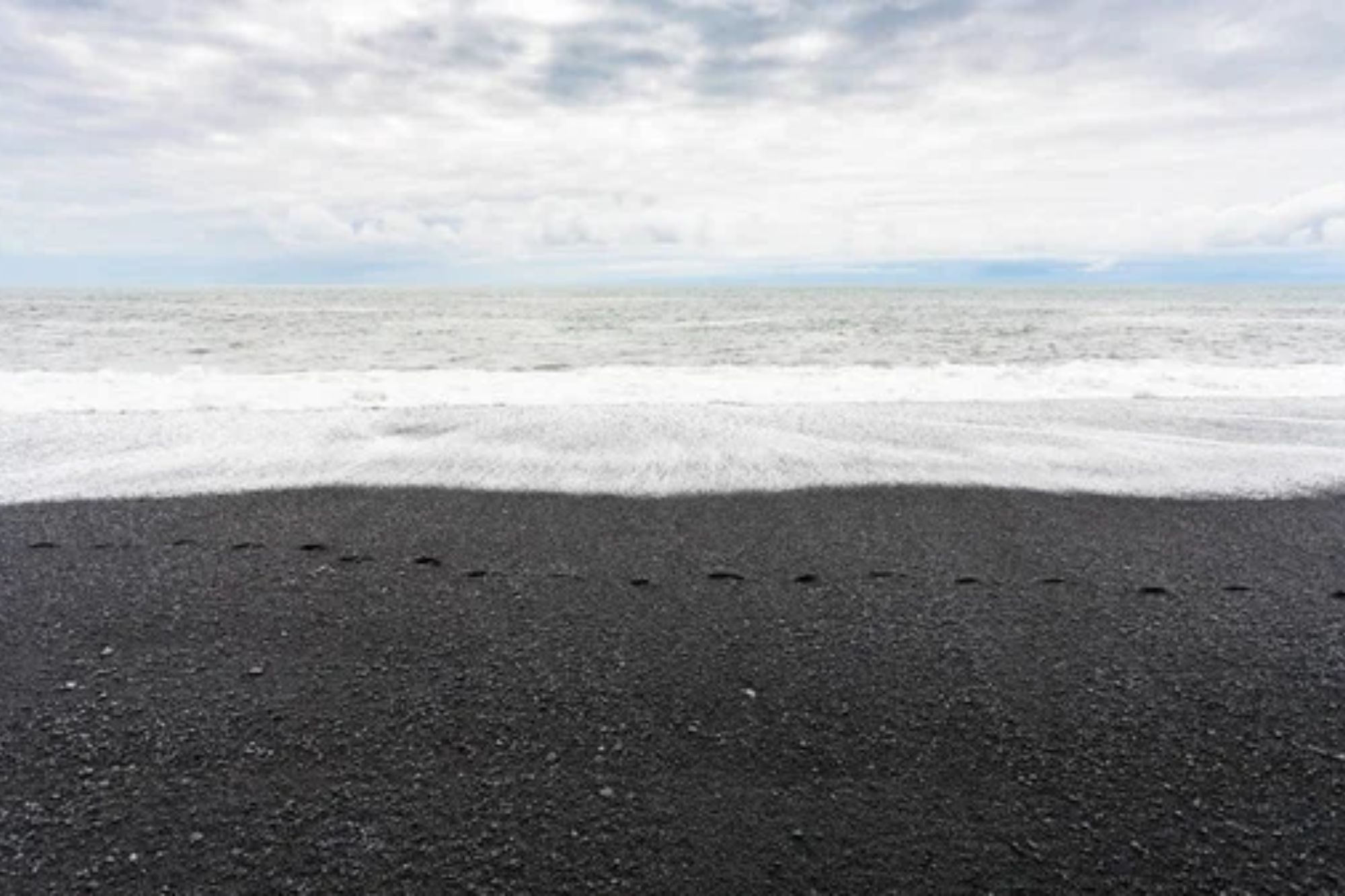
Widely considered one of the world’s most beautiful non-tropical beaches, this stretch of midnight-black sand near Vík features dramatic basalt columns rising from the shoreline like geometric sculptures. Powerful Atlantic waves crash relentlessly against the shore, while offshore sea stacks known as Reynisdrangar punctuate the horizon – local folklore claims they’re trolls frozen in daylight.
The stark contrast between dark sand, white foam, and green-capped cliffs creates a moody, atmospheric landscape regardless of weather conditions.
Like Travel Pug’s content? Follow us on MSN.
Strokkur Geyser
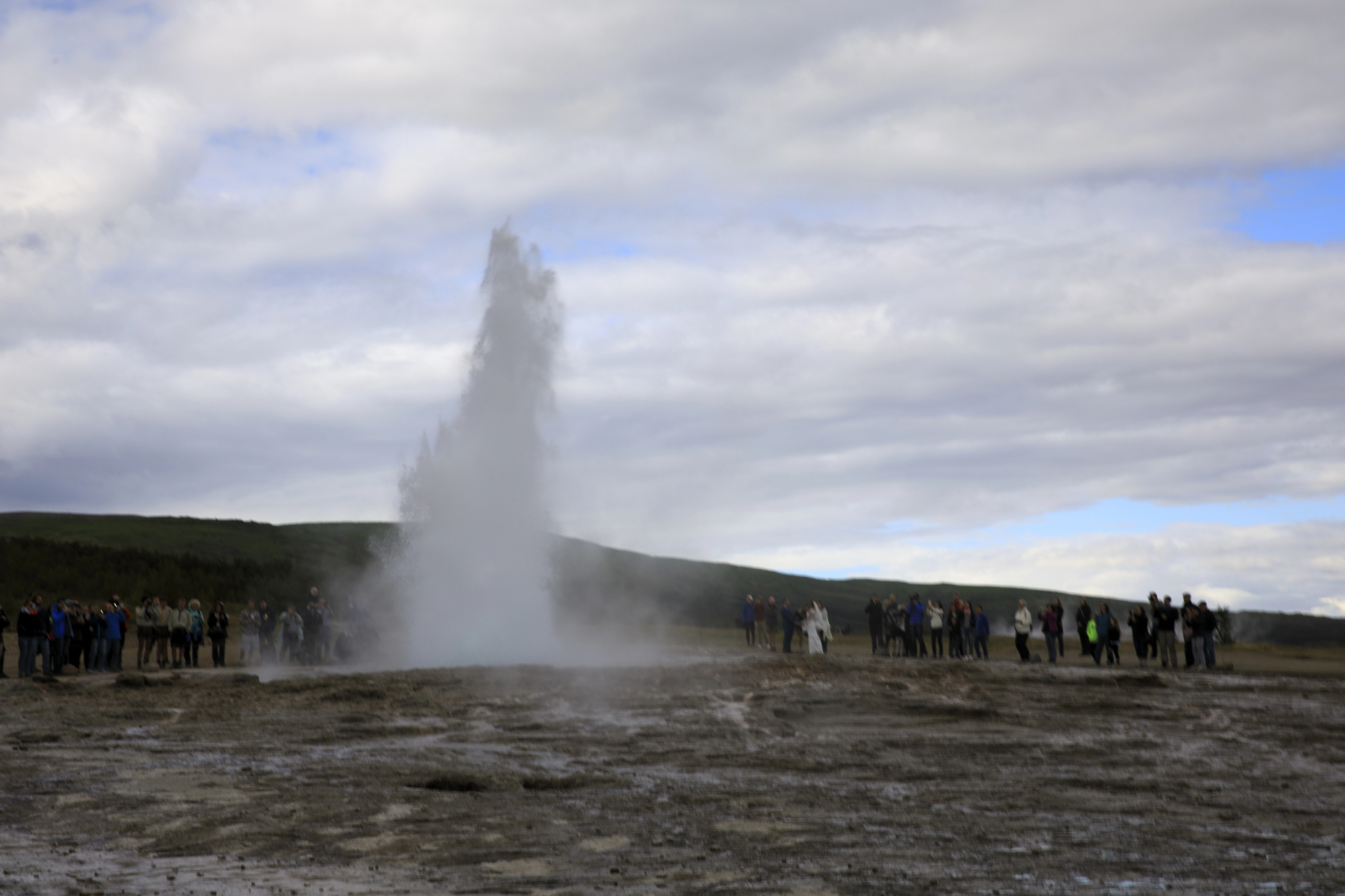
This reliable natural spectacle in the Haukadalur geothermal area erupts approximately every 6-10 minutes, sending superheated water up to 100 feet into the air. Visitors can safely observe the entire eruption cycle – from the aquamarine dome that forms momentarily before each eruption to the explosive steam plume that follows.
The surrounding area bubbles with mudpots, steaming vents, and multicolored mineral deposits that demonstrate Iceland’s position atop one of Earth’s most active geological regions.
Seljalandsfoss Waterfall
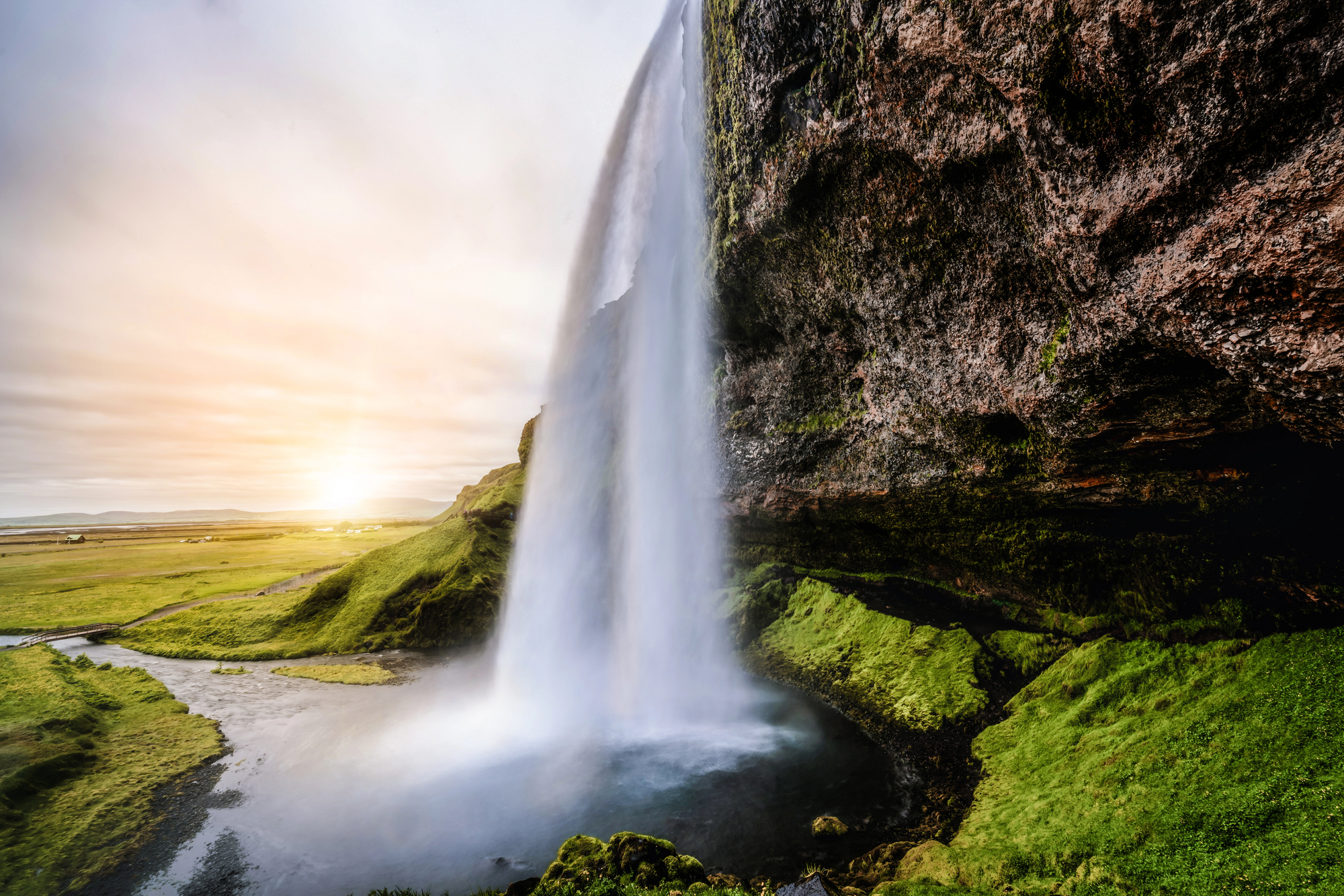
Unlike most waterfalls, Seljalandsfoss offers visitors the rare opportunity to walk completely behind its 200-foot cascade. Water from the infamous Eyjafjallajökull glacier plummets over what was once the Atlantic coastline, creating a perfect curtain of water that catches the light differently throughout the day.
During summer evenings, the setting midnight sun can create spectacular rainbows through the mist, while winter visitors might witness the cascade partially frozen in mid-plunge.
Þingvellir National Park

This UNESCO World Heritage site holds both historical and geological significance as the location of Iceland’s first parliament and the visible boundary between the North American and Eurasian tectonic plates. Þingvellir’s dramatic rift valley visibly demonstrates continental drift, with massive cliff walls marking where the plates pull apart at roughly one inch per year.
Crystal-clear freshwater fills the fissures between plates, creating opportunities for snorkeling or diving in the remarkably clear water of the Silfra crack – the only place on Earth where you can touch two continents simultaneously.
Like Travel Pug’s content? Follow us on MSN.
Mývatn Geothermal Area
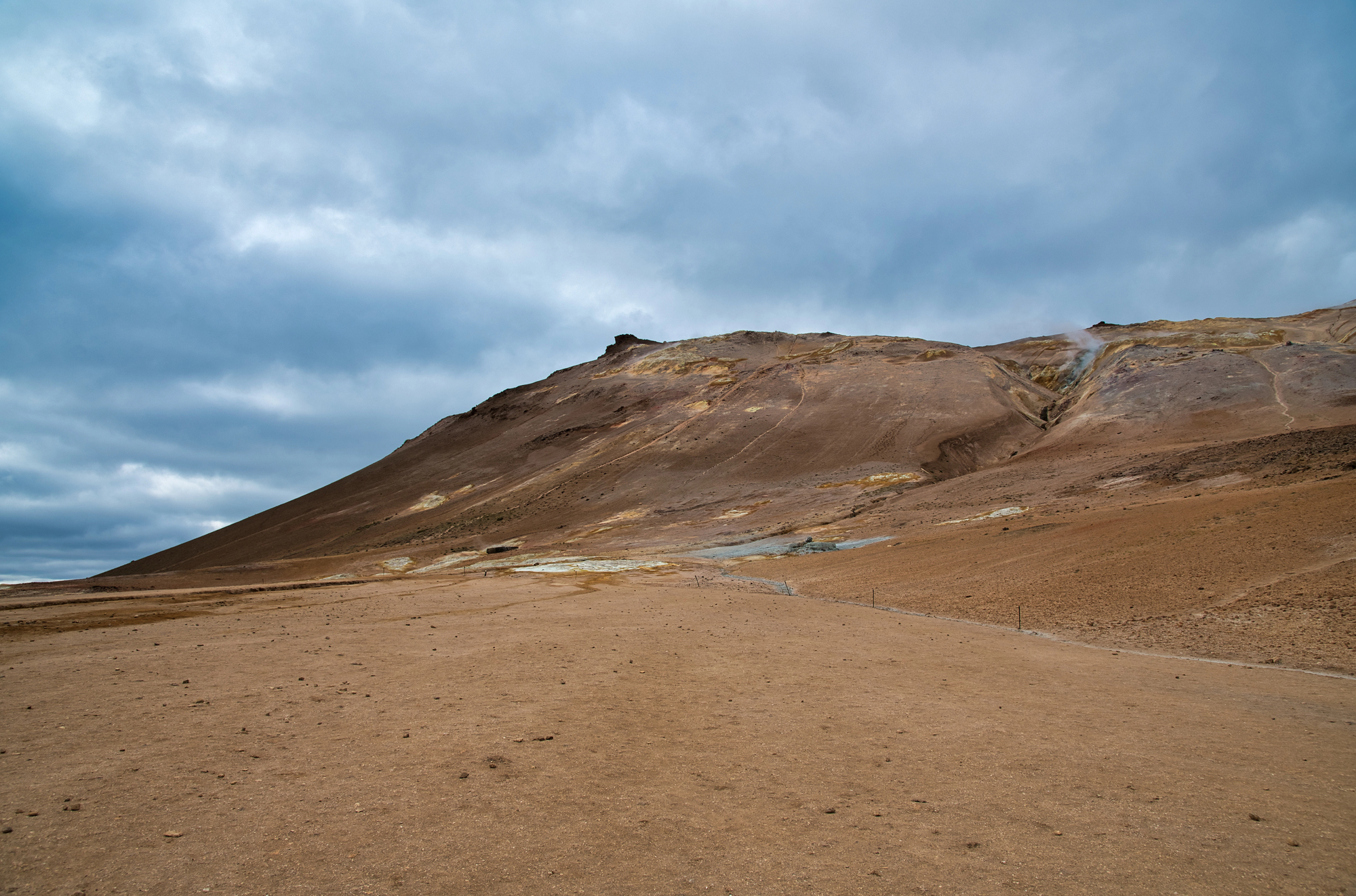
This otherworldly landscape in northern Iceland showcases virtually every geothermal feature possible, from bubbling mudpots to steam vents, bizarre lava formations, and volcanic craters. The area’s centerpiece, Lake Mývatn, supports remarkable birdlife with over 115 species, while nearby features like the Dimmuborgir lava fields present forests of twisted volcanic rock formations.
The Mývatn Nature Baths offer a less-crowded alternative to the Blue Lagoon, where visitors can soak in mineral-rich waters while gazing across an ancient volcanic landscape.
Skógafoss Waterfall
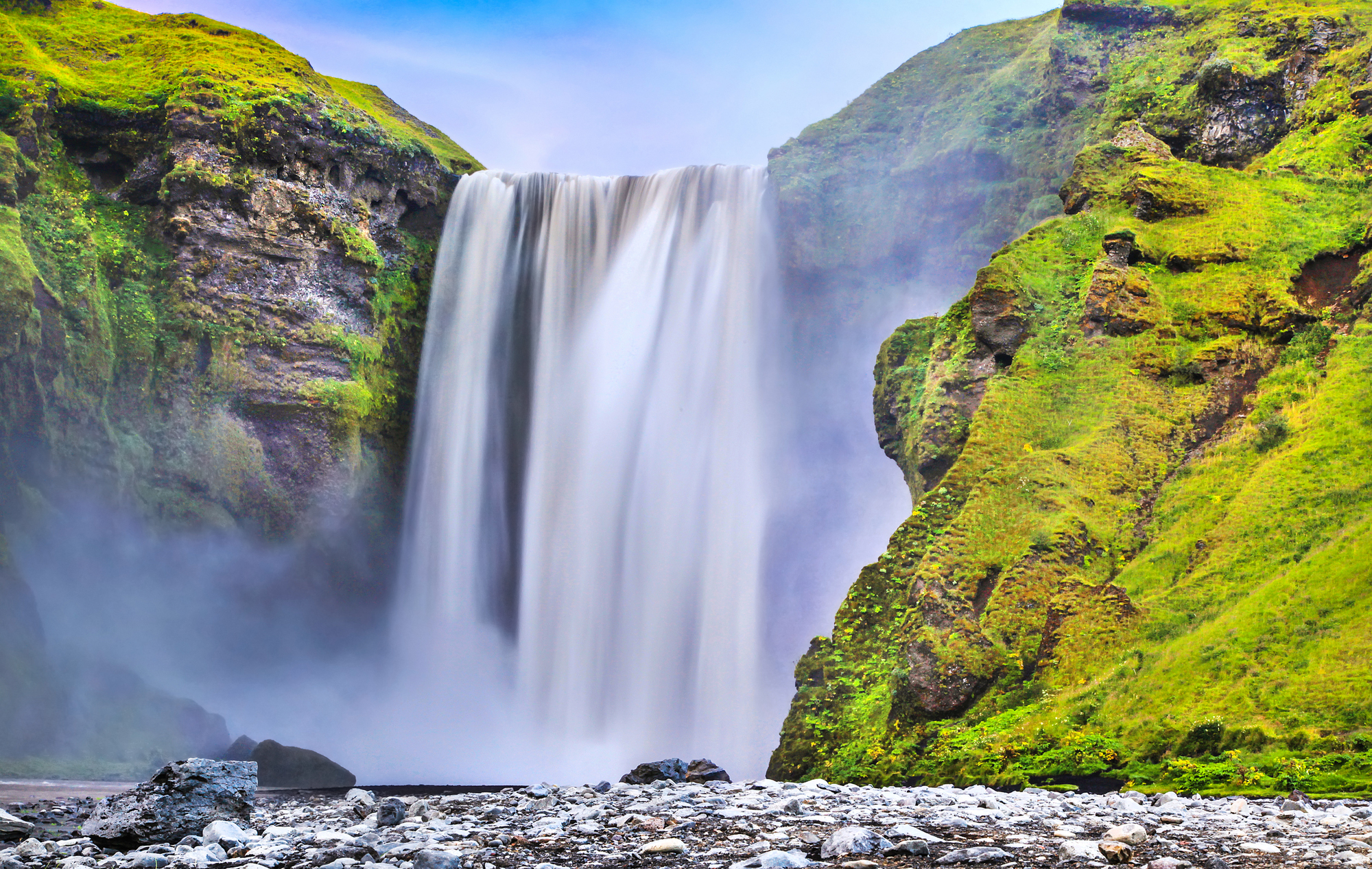
This perfectly-shaped waterfall drops 200 feet across a 50-foot width, creating a thundering curtain of water visible from miles away. Skógafoss produces enormous amounts of spray that regularly creates single and sometimes double rainbows on sunny days, making it a photographer’s dream.
A challenging staircase climbs alongside the falls to a viewing platform that reveals both the cascade’s power from above and sweeping views across southern Iceland’s coastal plains all the way to the Atlantic Ocean.
Vatnajökull National Park

Europe’s largest national park protects a wilderness dominated by Vatnajökull, the continent’s largest glacier, covering 8% of Iceland. This massive ice cap conceals active volcanoes, while its edges reveal ice caves with electric-blue interiors during winter months.
The park’s landscapes range from lush valleys to barren highlands, thundering waterfalls to serene glacial lagoons, showcasing how ice, water, and volcanic activity continuously reshape the land in their eternal interaction.
Like Travel Pug’s content? Follow us on MSN.
Landmannalaugar
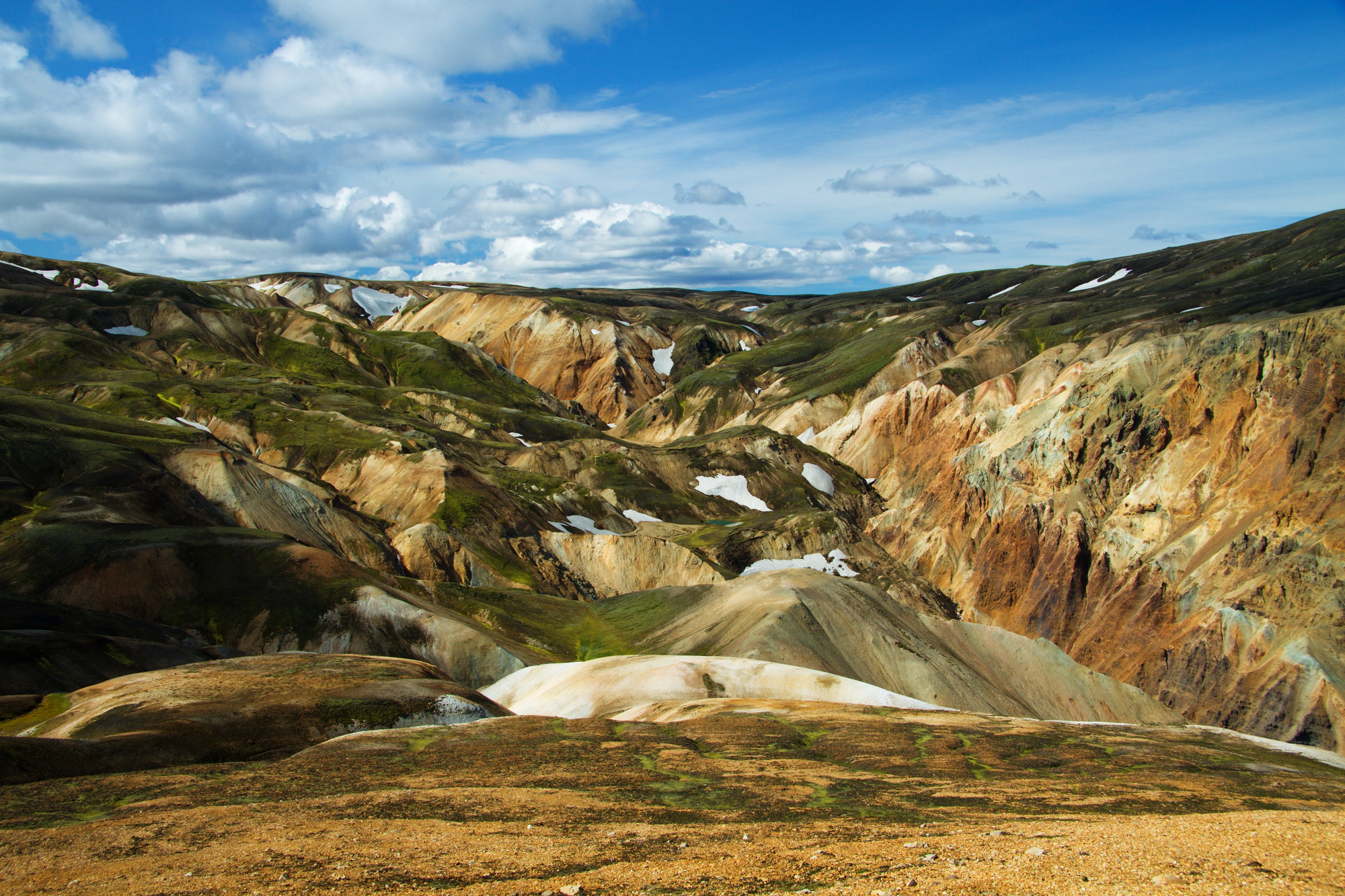
This remote highland area draws hikers with its surreal multicolored rhyolite mountains in shades of red, pink, green, blue, and golden yellow. Natural hot springs allow weary trekkers to soak in geothermally heated water while surrounded by nature’s kaleidoscope of mineral-stained peaks.
Landmannalaugar serves as the starting point for the famous Laugavegur trek, consistently rated among the world’s most beautiful hiking trails for its incredibly diverse landscapes packed into a four-day journey.
Askja Caldera

This massive volcanic depression in Iceland’s remote central highlands contains a milky-blue geothermal lake called Víti (meaning ‘hell’ in Icelandic). Formed during a massive 1875 eruption, the opaque waters maintain a year-round temperature of about 86°F despite sitting in one of Iceland’s coldest regions.
Reaching Askja requires a challenging journey across unbridged rivers and desolate lava fields, but the reward is experiencing one of Earth’s most isolated and hauntingly beautiful landscapes.
Dettifoss Waterfall
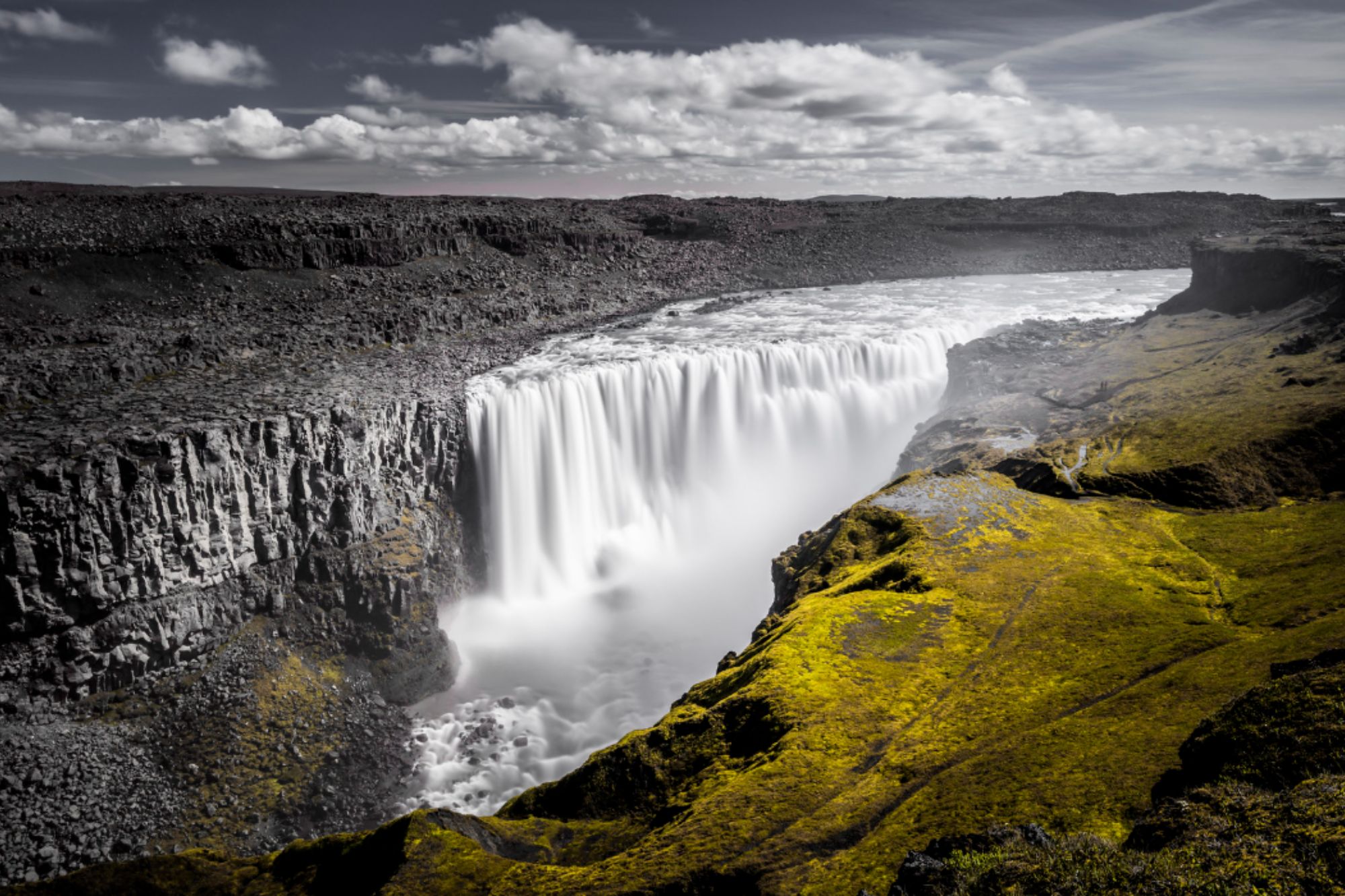
Europe’s most powerful waterfall channels an astonishing volume of glacial meltwater through a 330-foot-wide drop into a rugged canyon. The sheer force of Dettifoss sends spray clouds hundreds of feet into the air while creating ground-trembling vibrations felt through the basalt surroundings.
Often called ‘The Beast’ in contrast to the more picturesque ‘Beauty’ waterfalls elsewhere in Iceland, Dettifoss demonstrates raw natural power in its most impressive form.
Like Travel Pug’s content? Follow us on MSN.
Fjaðrárgljúfur Canyon
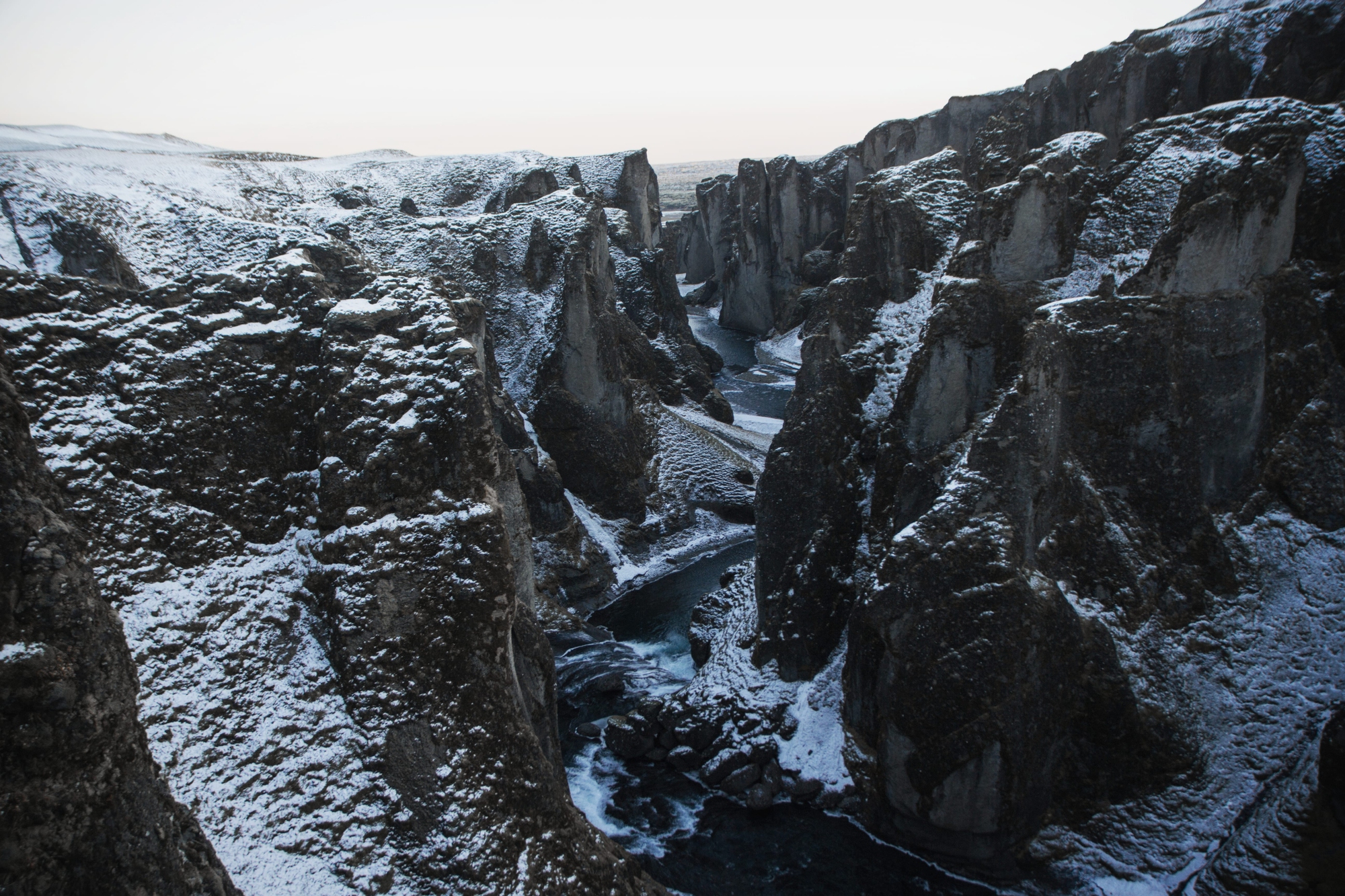
This serpentine canyon stretches for about one mile with walls reaching up to 330 feet high, creating one of Iceland’s most photogenic landscapes. Formed during the last ice age, Fjaðrárgljúfur’s winding path cuts through pale green moss-covered cliffs with the Fjaðrá river flowing along its base.
Hiking paths along the canyon rim provide stunning views into the narrow gorge below, while adventurous visitors can wade through the shallow river between towering walls that seem designed specifically for epic photography.
Vestmannaeyjar Archipelago
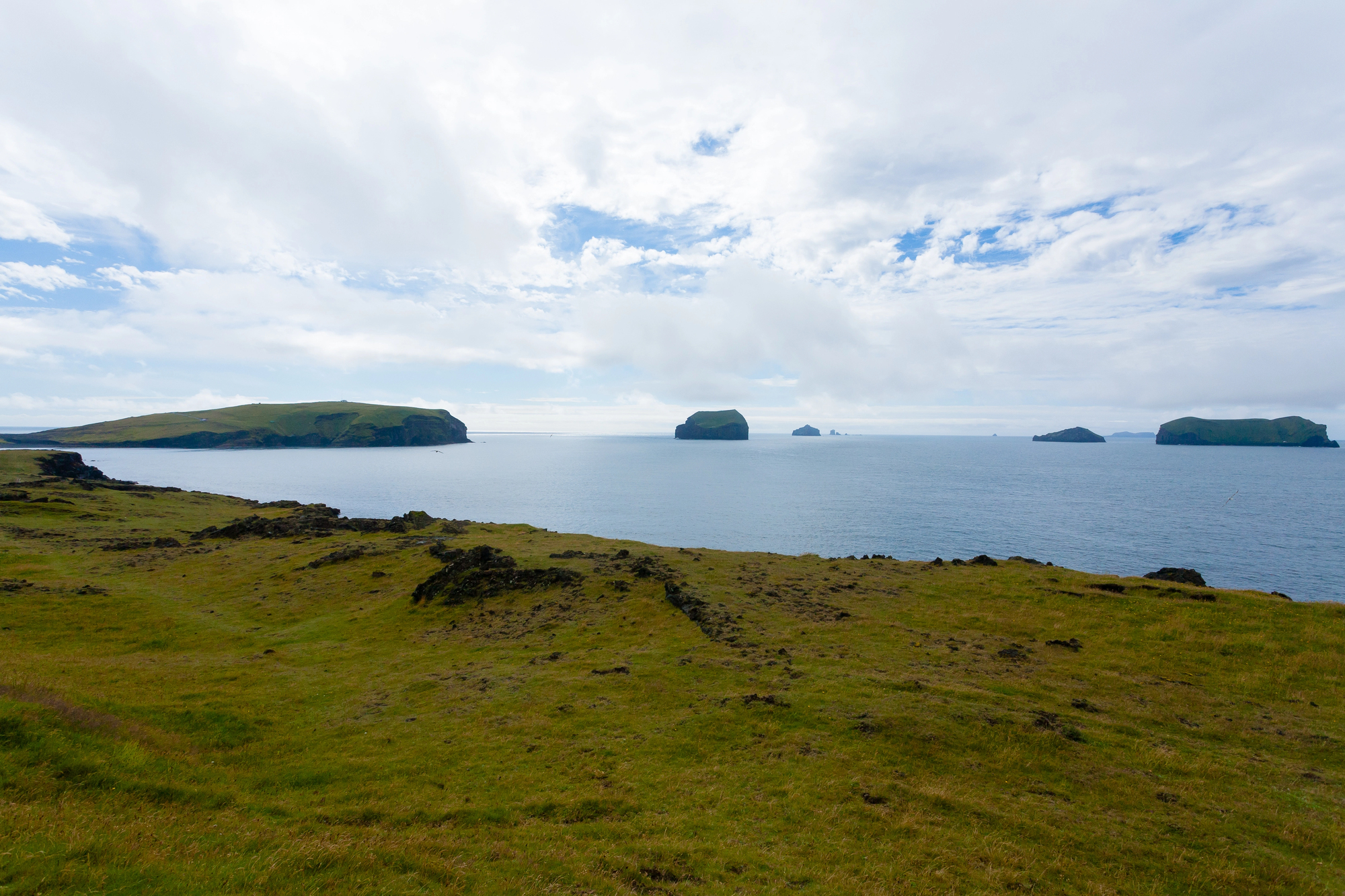
This volcanic island chain off Iceland’s south coast offers visitors close encounters with recent geological activity. The youngest island, Surtsey, emerged from the sea in a 1963 eruption, while Heimaey nearly suffered complete destruction during a 1973 volcanic event that buried portions of the town.
Today, visitors can hike up Eldfell, the volcano that nearly destroyed the community, and gaze into its still-steaming crater while enjoying panoramic views across islands formed by similar eruptions throughout the millennia.
Dynjandi Waterfall
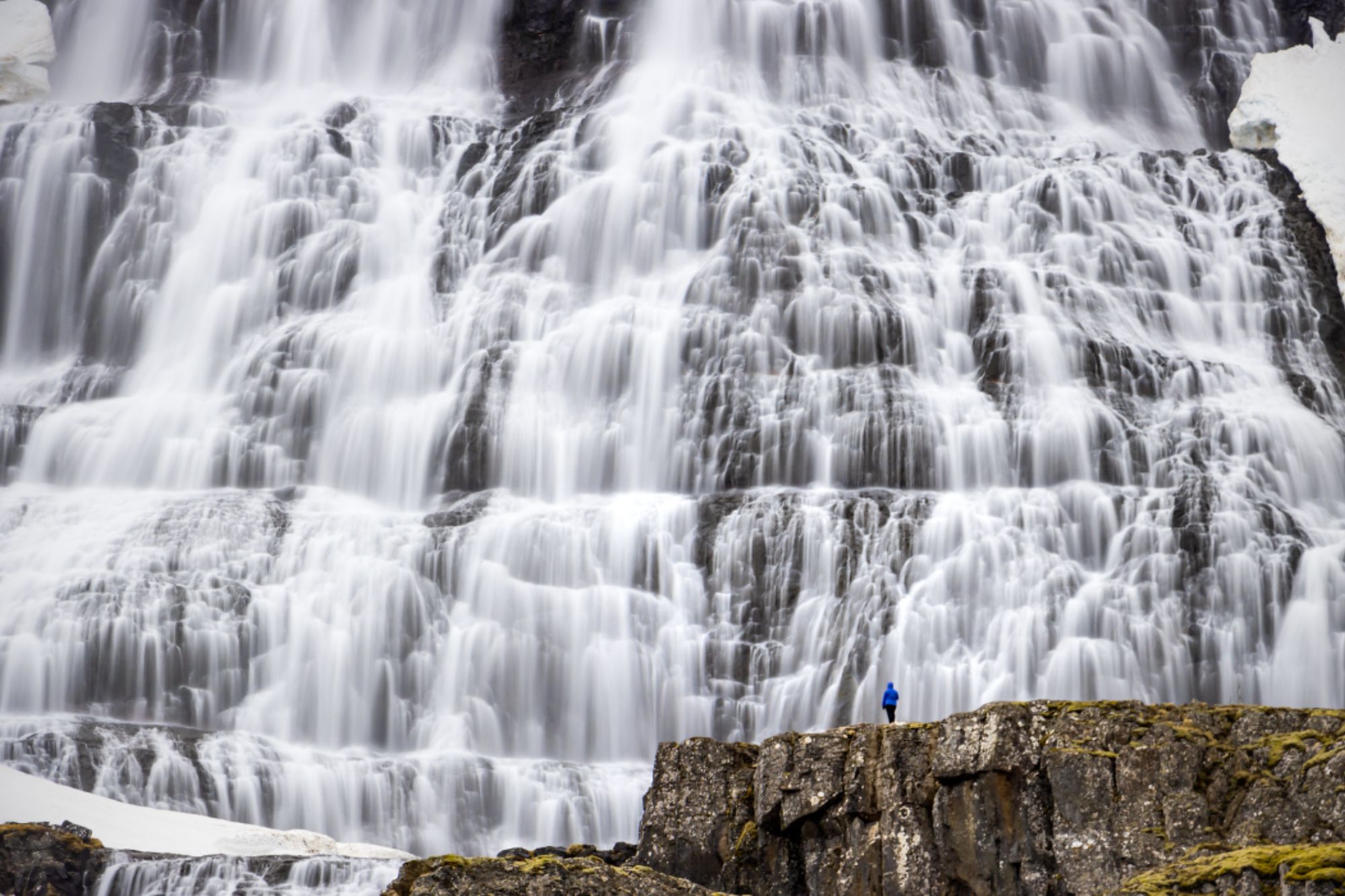
Often considered Iceland’s most majestic waterfall, this cascading giant in the remote Westfjords region tumbles 330 feet down a mountainside in a series of bridal-veil steps. Dynjandi, meaning ‘thunderous,’ spreads from 98 feet at its top to 196 feet at its base, creating an impressive trapezoidal shape visible for miles across the fjord landscape.
Six smaller waterfalls descend below the main cascade, allowing visitors to experience the entire system while climbing alongside this thundering display of nature’s power.
Like Travel Pug’s content? Follow us on MSN.
Earth’s Greatest Natural Laboratory
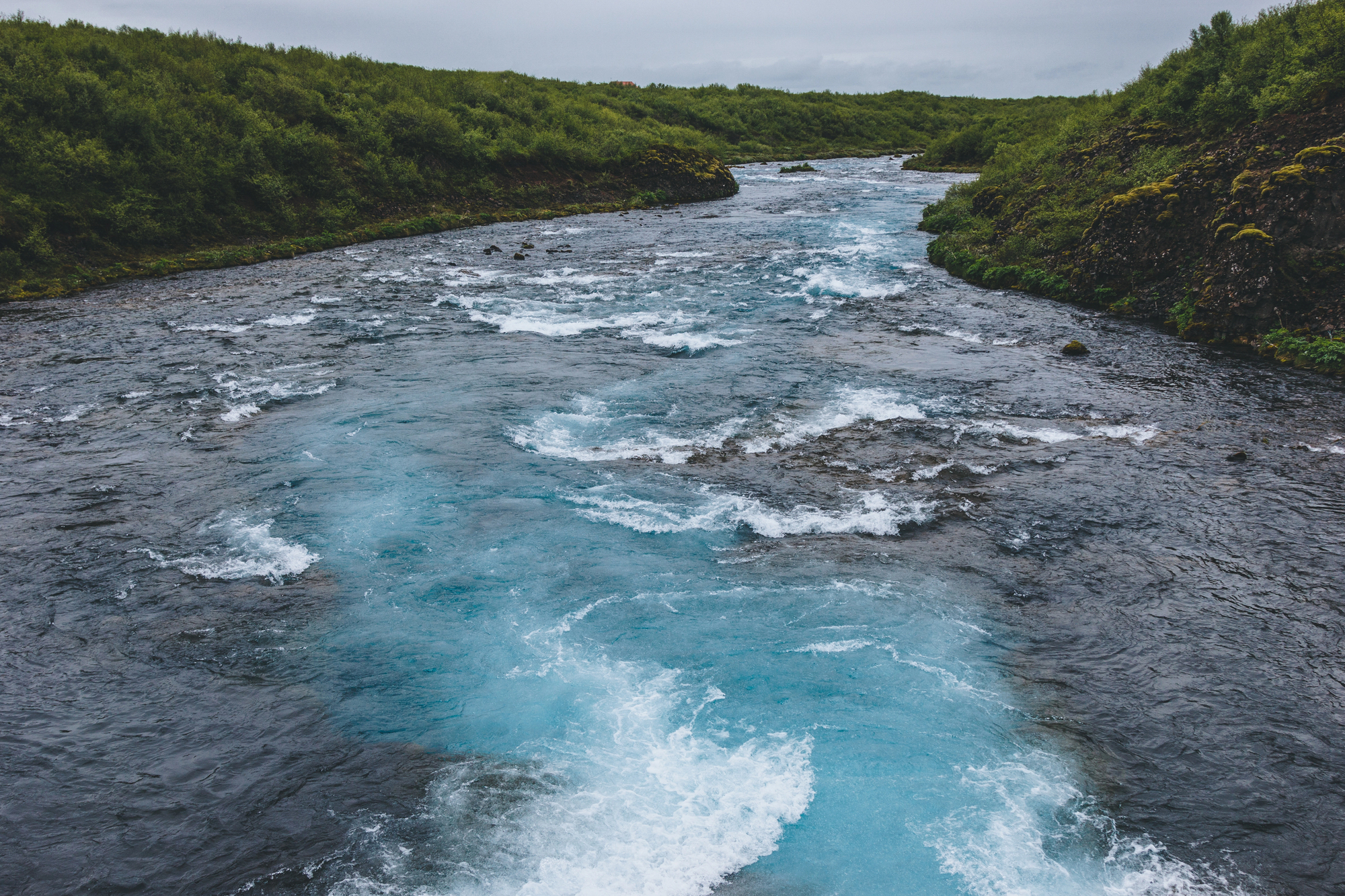
Iceland offers more than just spectacular scenery—it provides a living window into our planet’s most powerful geological processes. These landscapes reveal Earth’s inner workings in real-time, where visitors witness the ongoing creation and destruction that shapes our world. Iceland’s commitment to sustainable tourism and renewable energy demonstrates how humanity can experience these wonders while preserving them for future generations.
Whether you’re watching tectonic plates drift apart, witnessing the birth of new land through volcanic activity, or experiencing the transient beauty of glaciers in retreat, Iceland delivers natural wonders that forever change how you view our dynamic planet.
More from Travel Pug

- Cities Growing so Fast You Won’t Recognize Them in 10 Years
- 13 Destinations Where Tourists Regularly Regret Their Trip
- 16 U.S. Cities That Are Quietly Becoming Travel Hotspots
- Where to Travel If You Love Long Bus Rides and Daydreams
- 20 Cities Perfect for Solo Travelers Who Crave Adventure & Culture
Like Travel Pug’s content? Follow us on MSN.
